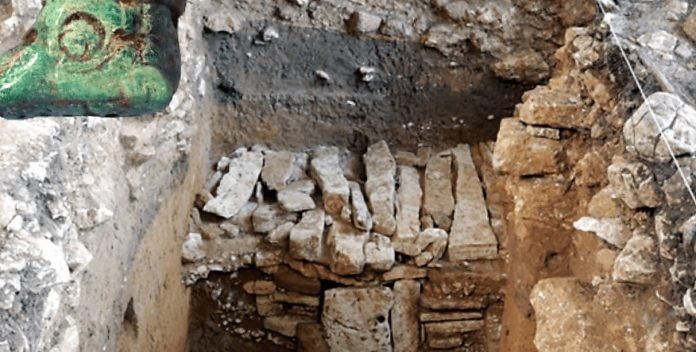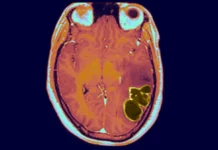The Mayan civilization is a source of great mystery and fascination for scholars and history enthusiasts alike. Its legacy has endured for centuries, with its architectural feats, artworks, and writing systems offering tantalizing glimpses into its rich culture and beliefs. Among the many ancient settlements of the Maya, the city of Palenque stands out for its exceptional examples of art and architecture that have been remarkably well-preserved over time.
The Discovery: Unearthing the Secrets of Palenque
The National Institute of Anthropology and History (INAH) has been conducting excavations in the city of Palenque for decades, unearthing a wealth of artifacts that provide insight into the Maya civilization’s history and way of life. One of the most significant discoveries in recent times was the unearthing of a burial site that shed light on the city’s founding and the customs of its inhabitants.
The city was originally known as “Otolum,” which translates to “land with strong houses” in the local Mayan language. However, the Spanish conquistadors who first encountered the settlement interpreted the name as “Palenque,” meaning “fence.” It was only later that researchers discovered that the city’s original name was “Lakam Ha’,” which means “big water” or “wide water” in the Mayan language. This name likely refers to the numerous water sources and waterfalls that surround the city.
At its peak, Lakam Ha’ was the capital of the Baakul kingdom, which translates to “the place of bones.” This state was one of the most prominent during the classic period of the Maya civilization, which lasted from the 5th century to the 8th century AD.
The Findings: Clues to the Past

One of the most intriguing aspects of the excavation was the discovery of a burial chamber that provided insight into the funerary customs of the high-status residents of Palenque. The chamber contained the remains of a skeleton that was laid face up and oriented to the north, which was a typical burial position for the Maya. Alongside the skeleton were several large ceramic vessels that the ancient Maya believed should be used to feed the deceased both in life and after death.
In another burial, the remains of a woman and a skull were found, along with several green jade figures that were likely associated with power, wealth, and the Maya pantheon of gods. The hieroglyphic inscriptions on the monuments in the city have provided valuable insights into the history of the Palenque dynasty and the sequence of its rulers’ reign from the 5th to the 8th century AD.
Conclusion: A Window into the Maya Civilization
The excavation of Palenque has yielded a wealth of information about the Maya civilization and the customs and beliefs of its people. The discovery of the burial chamber and its contents provides valuable insights into the funerary practices of the high-status residents of the city, while the green jade figures and hieroglyphic inscriptions shed light on the Maya pantheon of gods and the history of the Palenque dynasty. Such discoveries offer a glimpse into the rich cultural heritage of the Maya and deepen our understanding of this fascinating civilization.








